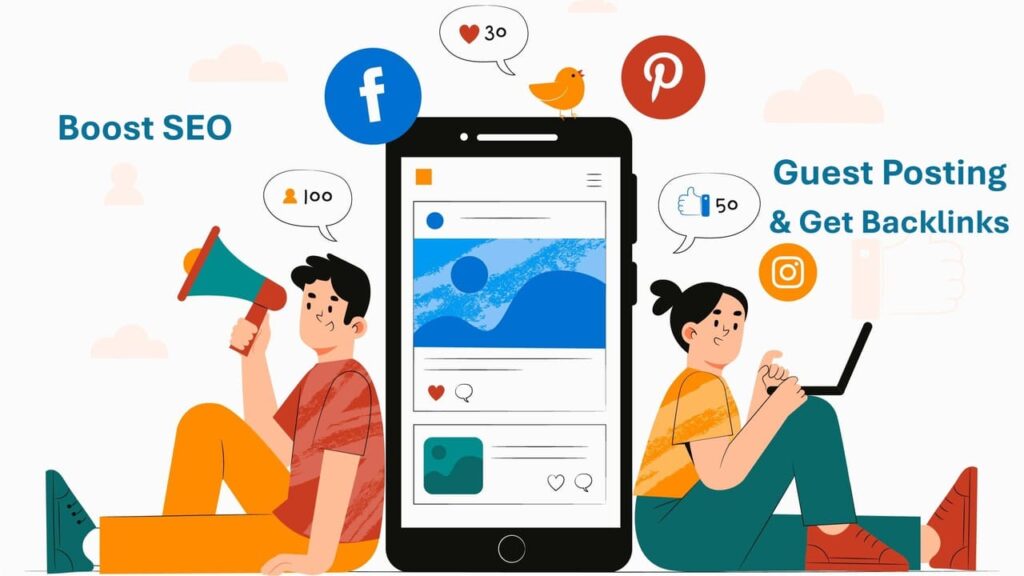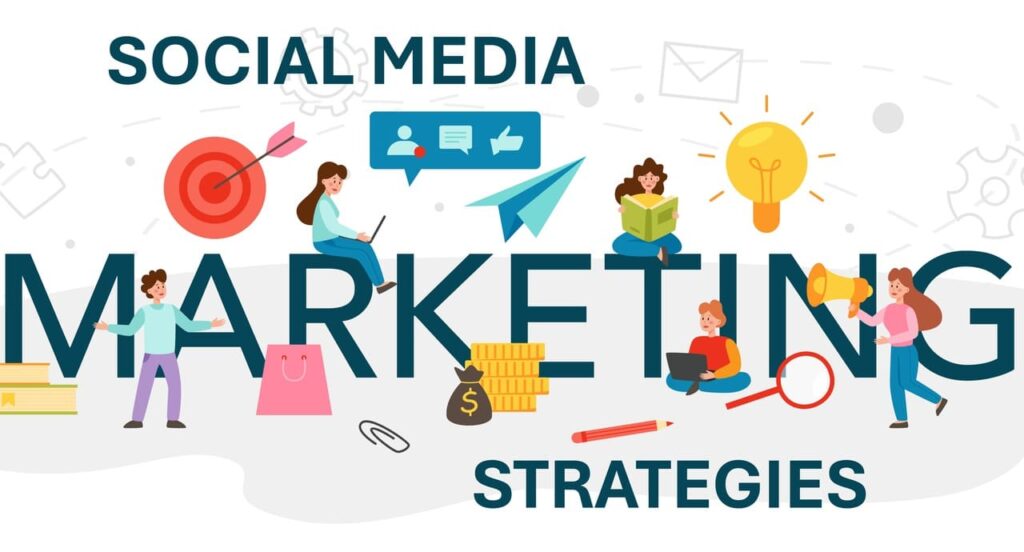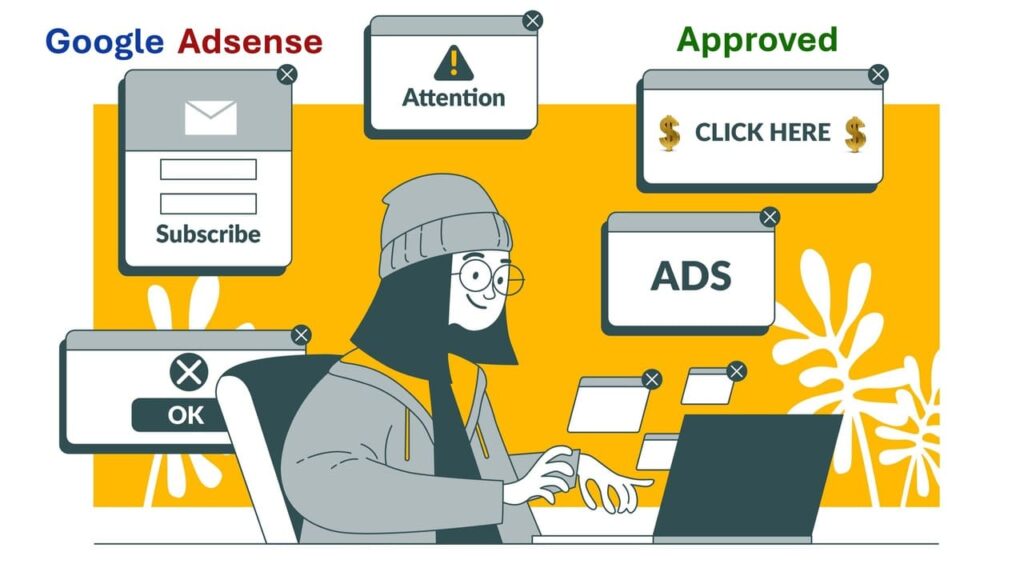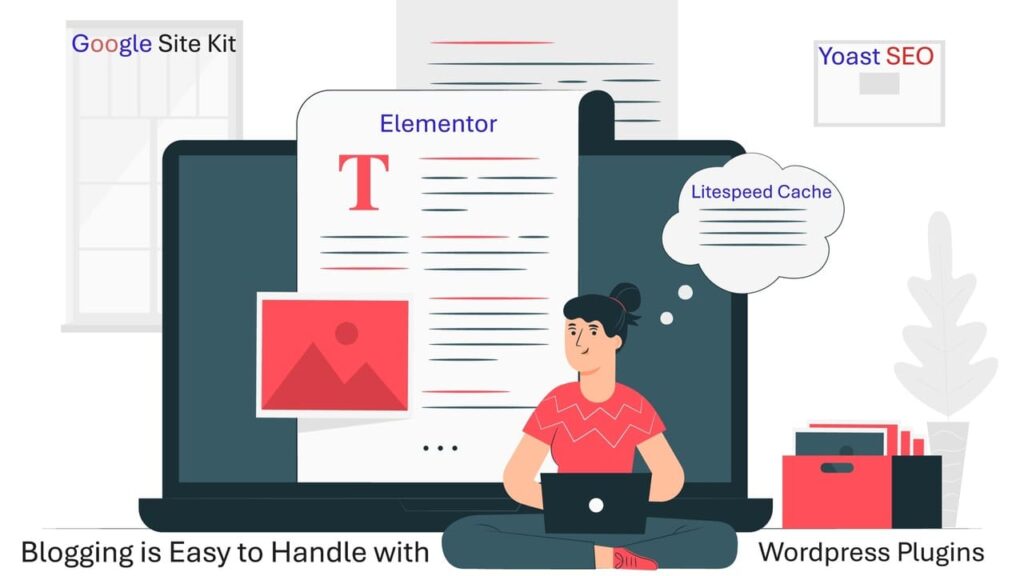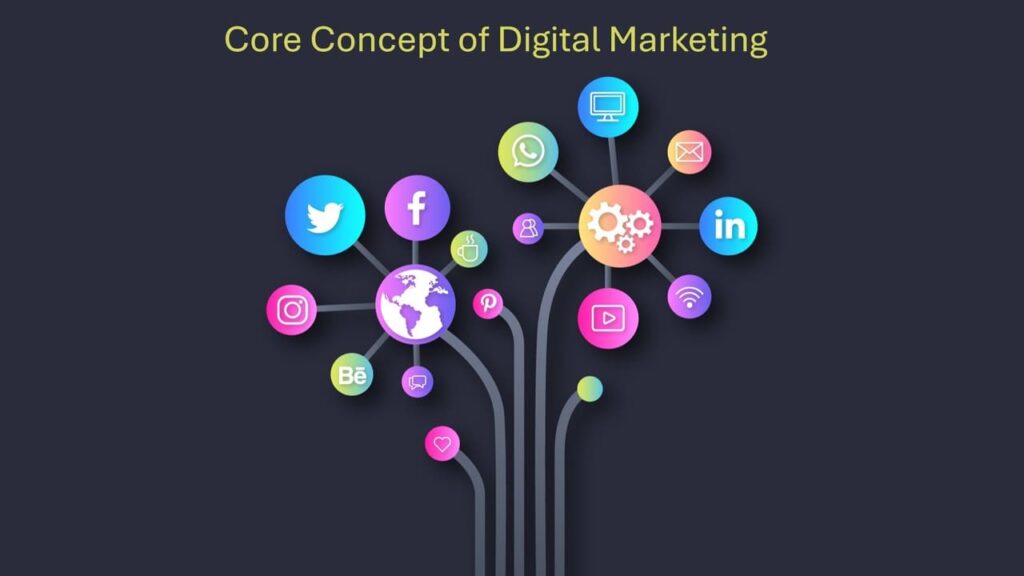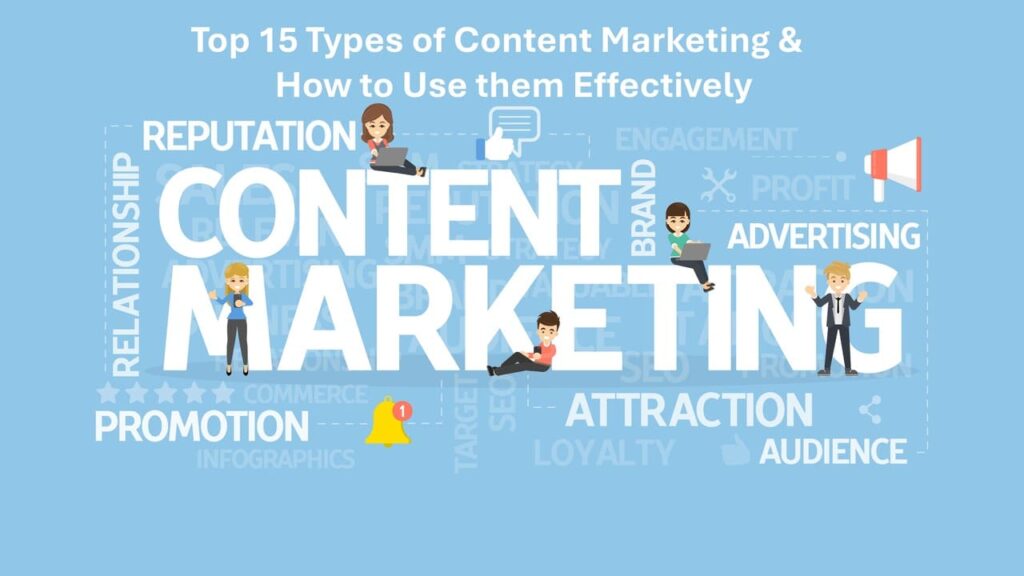
Introduction
Content is the king, and marketing is its kingdom. In today’s hyper-connected digital world, content marketing is more than just a buzzword—it’s the soul of online growth. Whether you’re a solopreneur, startup, or enterprise, understanding the types of content marketing and how to use them strategically can be the game-changer.
Table of Contents
So, buckle up. We’re diving deep into top 15 types of content, how to use them, and how to tie them all together for massive impact.
1. Blog Content Marketing
Blogs are the backbone of content marketing. They educate, inform, and nurture trust with your audience.
How to Use Blogging Effectively
- Research low-competition, high-volume keywords.
- Focus on long-form, SEO-optimized blogs (1000–2000+ words).
- Use storytelling, bullet points, and engaging subheadings.
- Include CTAs, visuals, and internal links.
- Maintain consistency (2–4 blog posts per month).
Example: A digital marketing agency can post weekly SEO guides or case studies to attract inbound traffic.
2. Social Media Content Marketing
This is where your brand comes alive. With billions active daily, social platforms offer endless potential.
Platforms and Strategy
- Instagram & Facebook: Carousel posts, Reels, Lives, Stories.
- LinkedIn: B2B thought leadership, polls, success stories.
- X (Twitter): Threads, updates, curated content.
- Pinterest: Perfect for visual brands (fashion, DIY, recipes).
- Consistency is key: Use a content calendar, mix media formats, and engage with comments.
3. Video Content Marketing
Video builds trust fast. It’s emotional, immersive, and powerful.
YouTube, Shorts, Reels, and TikTok Strategy
- Long-form videos: Product demos, how-to guides, interviews.
- Short-form videos: TikTok, Reels, and Shorts—great for virality.
- Always include captions and a strong hook in the first 3 seconds.
- Add CTAs at the end (subscribe, comment, share).
4. Infographic Marketing
When words aren’t enough, let visuals do the talking.
Visual Storytelling Tips
- Use infographics to simplify complex data.
- Combine with blog posts for double impact.
- Use tools like Canva, Piktochart, or Visme.
- Share them on Pinterest, LinkedIn, and websites for backlinks.
5. Podcast Marketing
Podcasts are booming—perfect for people on the go.
Targeting Niche Audiences
- Focus on topics that matter to your target audience.
- Invite experts or storytellers to bring variety.
- Distribute across Spotify, Apple, Google, and embed on your site.
- Repurpose audio into blog highlights or social posts.
6. Email Marketing
Your inbox is prime real estate—use it wisely.
Segmentation and Personalization
- Send welcome emails, newsletters, and promotional offers.
- Use email automation platforms (Mailchimp, ConvertKit).
- Segment lists by behavior, interest, and engagement.
- Personalize with names, offers, and relevant content.
7. eBook and Whitepaper Marketing
These are lead magnets for serious decision-makers.
Lead Generation Techniques
- Create gated content (e.g., “Download Our Free SEO Guide”).
- Promote through blogs, popups, and ads.
- Offer true value—don’t fluff it up.
- Include data, stats, and actionable insights.
8. Case Study Content Marketing
Nothing convinces like proof.
Building Authority with Real Results
- Showcase your client’s journey (challenge → solution → results).
- Add quotes, images, and performance metrics.
- Make it a downloadable PDF.
- Share in pitches, emails, and blog content.
9. Webinar and Live Event Marketing
Live = engagement. Period.
Educate and Convert Live
- Host Q&A sessions, masterclasses, or product launches.
- Use platforms like Zoom, YouTube Live, and LinkedIn Live.
- Record and repurpose into bite-size content.
- Include live polls, chat, and follow-up emails.
10. User-Generated Content (UGC)
Real users, real content, real trust.
Power of Customer Voices
- Encourage reviews, testimonials, unboxing videos.
- Run contests with branded hashtags.
- Share UGC across your website and social channels.
- Tag and credit your audience to increase reach.
11. Influencer Marketing
People trust people, not ads.
Collaborating for Authentic Reach
- Partner with micro and macro influencers in your niche.
- Allow creative freedom (authenticity = trust).
- Track performance via codes, links, and insights.
- Influencer reels, unboxings, reviews = 🔥
12. Interactive Content Marketing
Engagement on steroids.
Quizzes, Polls, Calculators
- Use tools like Outgrow, Typeform, or Playbuzz.
- Quizzes: “What Type of Marketer Are You?”
- Polls: Product preferences, trends, fun Q&A.
- Calculators: ROI, budget, savings (great for finance/marketing niches).
13. Meme and Viral Content Marketing
Who doesn’t love memes?
Hooking Gen Z and Millennials
- Stay on top of trends.
- Use humor to communicate pain points.
- Make sure your memes align with brand tone.
- Perfect for social media shares and engagement.
14. SEO Content Marketing
Write for humans, optimize for search engines.
Long-Form and Evergreen Strategy
- Target keywords with intent (informational, transactional).
- Use SEO tools (Ahrefs, Ubersuggest, SEMrush).
- Structure with H1–H4 tags, internal links, and meta descriptions.
- Refresh content quarterly to maintain rankings.
15. Paid Content and Native Advertising
Reach the right audience faster.
Blending Promotion with Value
- Paid articles on high-traffic platforms (Forbes, Medium).
- Sponsored posts that educate, not just sell.
- Native ads on Outbrain, Taboola, and Google Display Network.
- Track ROI and test formats.
Best Practices to Combine Multiple Content Types
- Repurpose: Turn blogs into videos, videos into carousels, podcasts into blogs.
- Integrate Channels: Use email to promote your blog, use blogs to promote your podcast.
- Maintain Branding: Keep tone, color, and messaging consistent across content.
- Use Analytics: Track performance using tools like Google Analytics, Hotjar, and HubSpot.
How to Build a Strong Content Marketing Strategy
- Define your goals (traffic, leads, sales).
- Identify your target audience personas.
- Choose the right content types based on your niche.
- Create a monthly content calendar.
- Promote via SEO, email, and social media.
- Measure and tweak your strategy regularly.
Conclusion
Content marketing isn’t a one-size-fits-all game—it’s a puzzle with many pieces. From engaging blogs to viral TikToks, your strategy should evolve with your audience, platform trends, and business goals. The beauty of content marketing is in its diversity—learn what works, mix it up, stay authentic, and keep testing.
Start with one content type, master it, and slowly expand. The results may not be instant, but they are worth it.
FAQs
Q1. What type of content marketing is best for B2B?
For B2B, focus on blogs, whitepapers, LinkedIn posts, case studies, and webinars. These build trust and authority with decision-makers.
Q2. How do I know which content type works best?
Track KPIs like engagement rate, click-throughs, leads, and sales. Use A/B testing to compare formats and styles.
Q3. Can I do content marketing without a blog?
Yes! You can focus on video, social media, email marketing, and podcasts. Blogs help SEO, but they’re not the only path.
Q4. How often should I post content?
Post at least 2–4 times per week on social media, and publish 2–6 blog posts per month. Consistency matters more than frequency.
Q5. Is content marketing still effective in 2025?
Absolutely! With AI, automation, and evolving platforms, content marketing has become even more powerful when done strategically.

